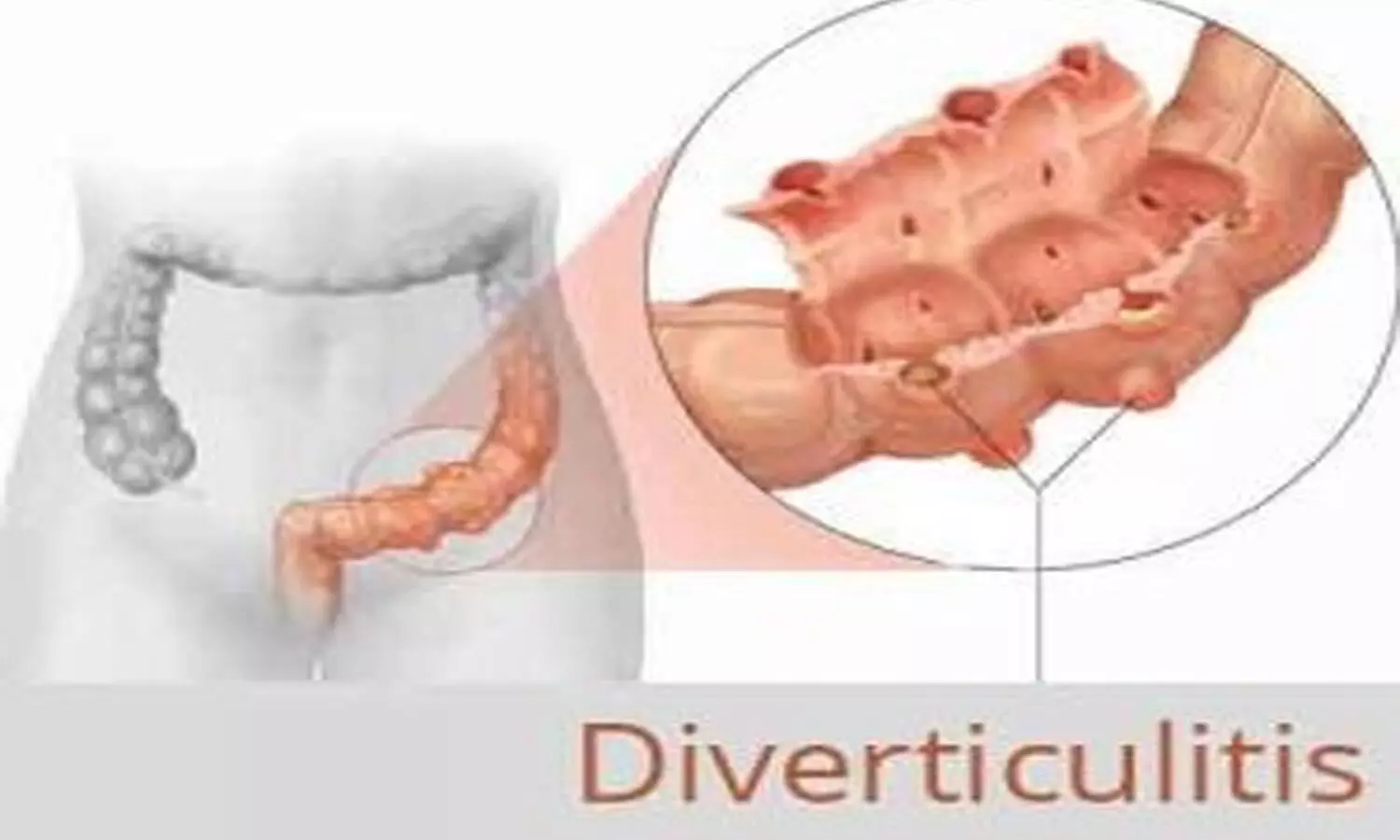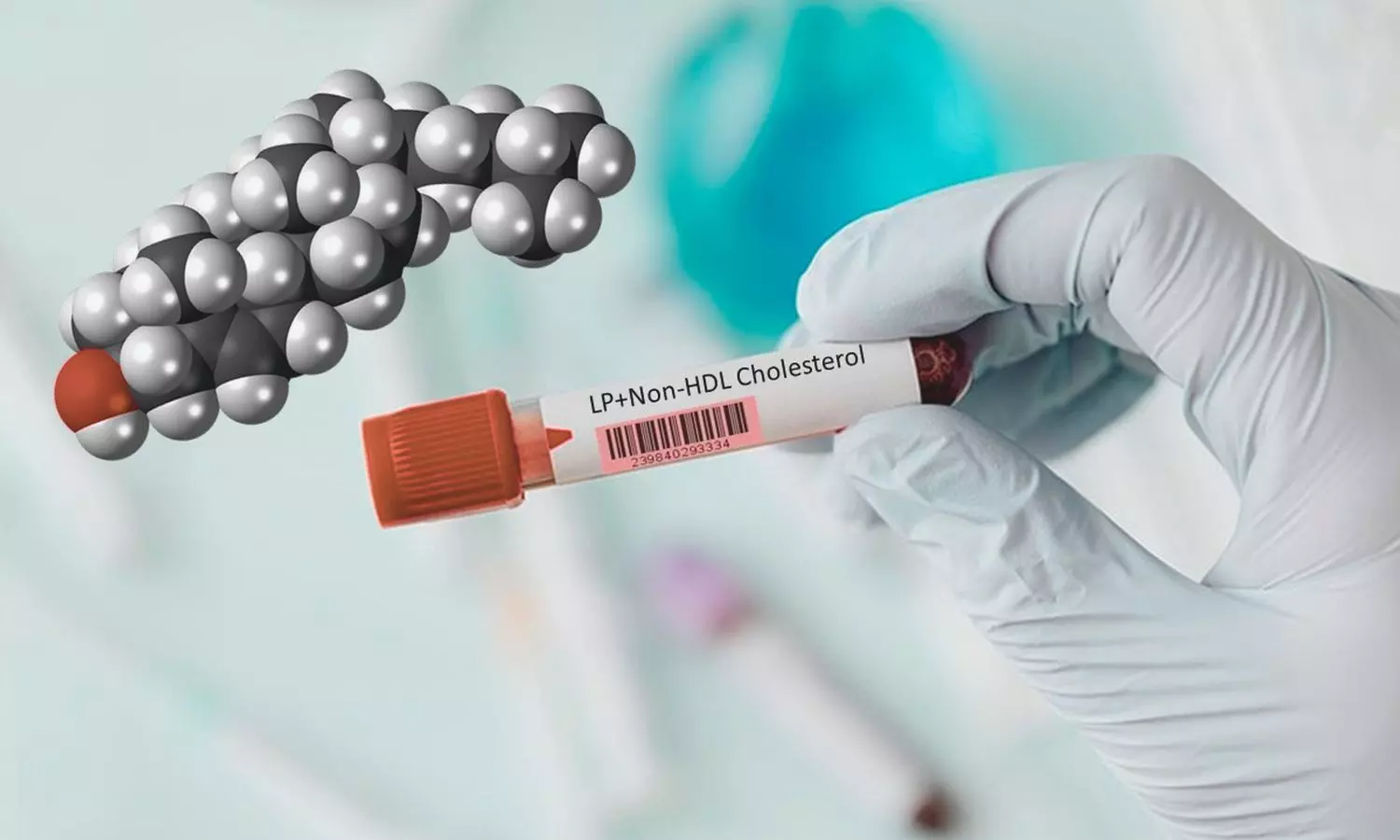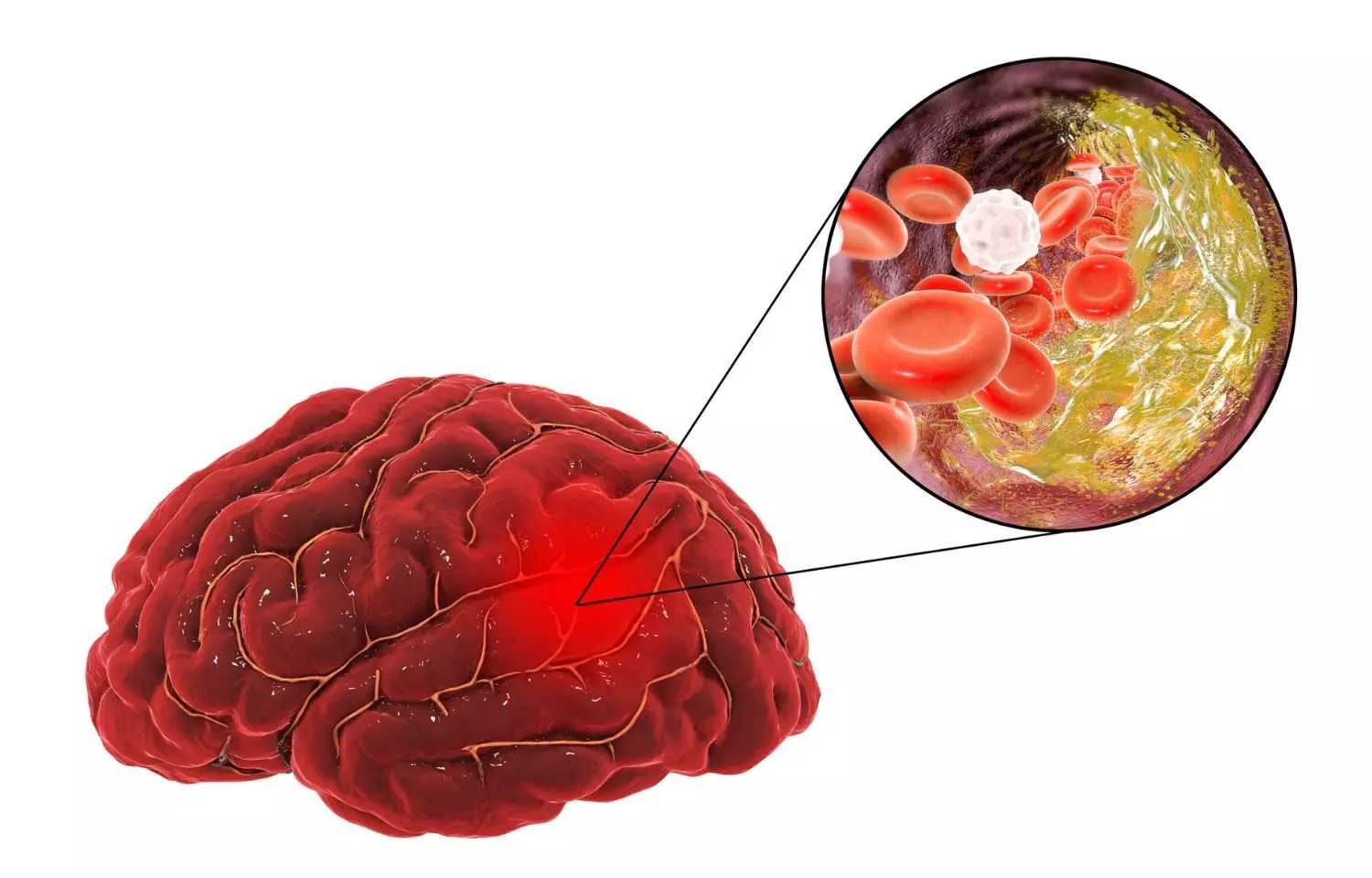What is effect of Empagliflozin on Thyroid Hormones in prediabetics and diabetes patients?

This study from Kerman University of Medical Sciences have that empagliflozin, a sodium-glucose cotransporter-2 (SGLT2) inhibitor used to treat type 2 diabetes, may significantly increase serum T3 levels and the T3/T4 hormone ratio in prediabetic and diabetic patients. However, it did not affect total T4 or thyroid-stimulating hormone (TSH) levels. The findings were published in the International Journal of Endocrinology.
Thyroid dysfunction (TD) and diabetes mellitus (DM) are the most widespread chronic endocrine disorders, frequently coexisting and often complicating each other’s management. Thyroid hormones play a pivotal role in glucose metabolism, and changes in their levels can influence diabetic outcomes. Despite this interplay, the effect of SGLT2 inhibitors like empagliflozin on thyroid function has remained largely unexamined, until now.
The quasi-experimental study from 2022 to 2023, involved 44 prediabetic and type 2 diabetic patients aged 18 to 65 who were not yet on blood sugar-lowering medication. The participants, all with HbA1c levels slightly above the therapeutic target, received 10 mg of empagliflozin daily for three months.
Blood tests were taken both before and after the treatment period to monitor fasting blood sugar (FBS), HbA1c, and key thyroid hormones (total T3, total T4, and TSH). A significant drop in FBS and HbA1c levels was observed after three months of empagliflozin use, indicating effective glycemic control.
A statistically significant increase in serum total T3 levels (p=0.001), which also led to an increased T3/T4 ratio that reflects thyroid hormone activity in peripheral tissues. No significant changes in T4 or TSH levels were observed, suggesting that the drug may specifically influence peripheral conversion of T4 to T3, rather than altering central thyroid function or overall hormone secretion.
The rise in T3 levels correlated with changes in weight and triglyceride levels, hinting at a broader metabolic effect of empagliflozin beyond glucose regulation. Overall, this research suggests that empagliflozin may play a role in modulating thyroid hormone activity, particularly by increasing the availability of active T3, which could have implications for managing patients with both diabetes and thyroid dysfunction. However, they caution that further large-scale studies are needed to confirm these findings and explore their clinical significance.
Source:
Sanjari, M., Sadeghi, N., Amirkhosravi, L., Hadavizadeh, M., Naghibzadeh-Tahami, A., & Safi, Z. (2025). Effect of empagliflozin on serum levels of thyroid hormones among prediabetic and diabetic patients. International Journal of Endocrinology, 2025(1), 9920286. https://doi.org/10.1155/ije/9920286
Powered by WPeMatico









